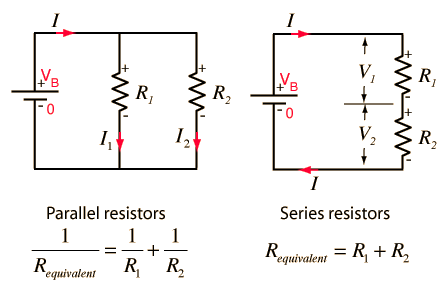Tactical Ex
Senior Member
Got all my gear, now I have to assemble it. But first ... I need to make sure I am wiring this right. If you more experienced pilots and builders could lend me a hand it would be greatly appreciated.
Below is my unfinished diagram (please forgive the MS Paint Graphics, my graphic design applications weren't available at the time of writing this). In an effort to make this an easy of an answer as possible I have put forth 2 options and I believe one of which is the "Correct" answer. You may ask yourself why I have so many terminations and connectors and that is because I am making this lighting system modular and semi-portable so that when I decide to add lights or move it to a new plane it will be relatively easy.
Quick legend:
Yellow Block - XT60
Brown block - 3.5mm Bullet connector
Gray lines - Option 1
Pink and Tan lines - Option 2 (Pink = POS and Tan = NEG)

For reference on how this is setup for a single light scenario please refer to this video ...
http://www.youtube.com/watch?v=XjIhyAUzOJU
Below is my unfinished diagram (please forgive the MS Paint Graphics, my graphic design applications weren't available at the time of writing this). In an effort to make this an easy of an answer as possible I have put forth 2 options and I believe one of which is the "Correct" answer. You may ask yourself why I have so many terminations and connectors and that is because I am making this lighting system modular and semi-portable so that when I decide to add lights or move it to a new plane it will be relatively easy.
Quick legend:
Yellow Block - XT60
Brown block - 3.5mm Bullet connector
Gray lines - Option 1
Pink and Tan lines - Option 2 (Pink = POS and Tan = NEG)

For reference on how this is setup for a single light scenario please refer to this video ...
http://www.youtube.com/watch?v=XjIhyAUzOJU


